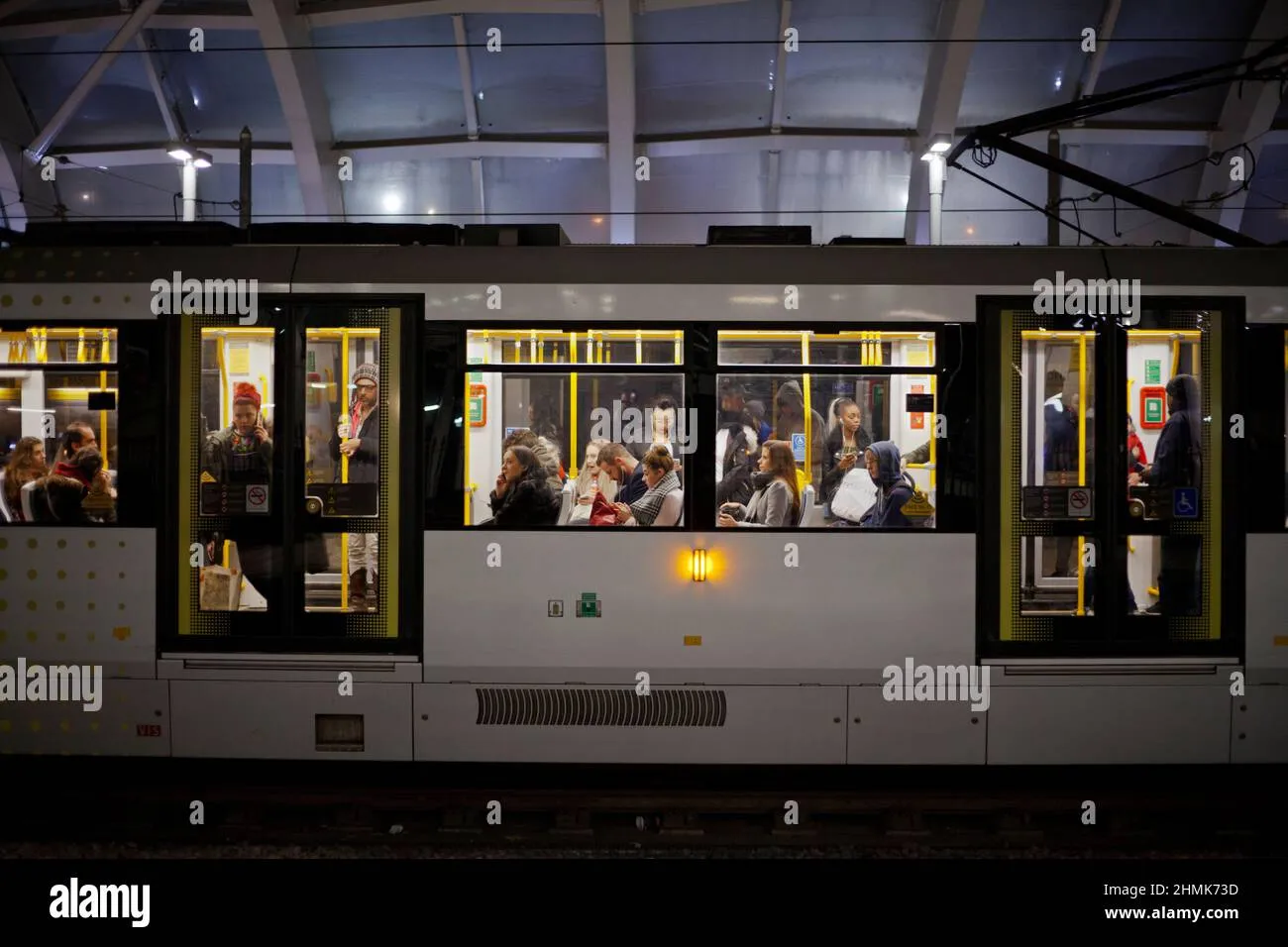Metrolink’s Major Service Boost: A Game Changer for Southern California Commuters
In a significant move aimed at enhancing public transportation, Metrolink has announced a comprehensive service boost that promises to transform the commuting experience for Southern California commuters. This initiative, which includes a complete restructuring of train schedules, is designed to reduce wait times and increase off-peak train service, ultimately encouraging more residents to utilize the rail system.
What is the Metrolink Service Boost?
The Metrolink service boost is a strategic plan approved by the agency to revamp its train schedules. The primary goal is to reduce wait times and enhance service frequency, particularly during off-peak hours. This initiative is expected to attract a wider range of passengers, from daily commuters to leisure travelers, thereby increasing overall ridership.
Who Will Benefit?
The changes will benefit a diverse group of passengers, including:
- Daily Commuters: Those traveling to work will find more convenient schedules.
- Leisure Travelers: Individuals looking to explore Southern California will have better access to attractions.
- Students: Young people commuting to schools and universities will enjoy increased service options.
When Will the Changes Take Effect?
The new schedule is set to roll out in early 2024, following a successful pilot program on the Antelope Valley line. This pilot, which began in October 2023, demonstrated a marked increase in ridership, validating the need for such adjustments across the entire Metrolink system.
Where Will the Changes Be Most Noticeable?
One of the most significant improvements will occur at Union Station, the central hub for Metrolink services. Currently, about 70 trains connect at Union Station during weekday mornings, with a wait time of less than 20 minutes. The new schedule aims to increase this number to approximately 240 connections, significantly shortening transfer times for commuters.
Why Is This Important?
The service boost is not just about convenience; it is also a response to the growing demand for public transportation in Southern California. With the region’s population continuing to expand, the need for efficient and reliable transit options has never been more critical. The SCORE program, a $10 billion capital improvement initiative, is also in play, aiming to enhance safety, service frequency, and overall rail infrastructure in preparation for the 2028 Olympics.
How Will This Impact Ridership?
The revised schedule is projected to increase daily ridership from approximately 19,000 passengers to around 26,500. By offering more frequent services and better transfer options, Metrolink aims to make train travel a more attractive option for Southern California commuters. This increase in ridership is expected to have a positive economic impact, creating jobs and stimulating development in the region.
Environmental Considerations
Metrolink’s improvements align with California’s ambitious goals to reduce greenhouse gas emissions. By promoting sustainable transportation options, the agency is contributing to a greener future. The shift towards a more efficient rail system is a crucial step in addressing the environmental challenges facing the state.
Historical Context
Metrolink has been operational for over 28 years, expanding from three lines and 11 stations to seven lines and 62 stations. This growth has allowed the agency to serve millions of passengers annually, making it a vital component of Southern California’s transportation network. The current service boost represents a significant evolution in Metrolink’s mission, transitioning from a traditional commuter rail service to a true regional passenger railroad.
Conclusion
The Metrolink service boost is poised to be a game changer for Southern California commuters. With increased transfer opportunities, a focus on off-peak train service, and a commitment to sustainability, the agency is taking bold steps to enhance the commuting experience. As the region prepares for the future, these changes will not only improve access to job centers and affordable housing but also contribute to a more sustainable and economically vibrant Southern California.
In the words of Metrolink CEO, Stephanie Wiggins, “This service boost is about more than just trains; it’s about connecting communities and providing a reliable, efficient alternative to driving.” As the rollout approaches, commuters can look forward to a new era of rail travel that prioritizes their needs and the environment.






Leave a Comment